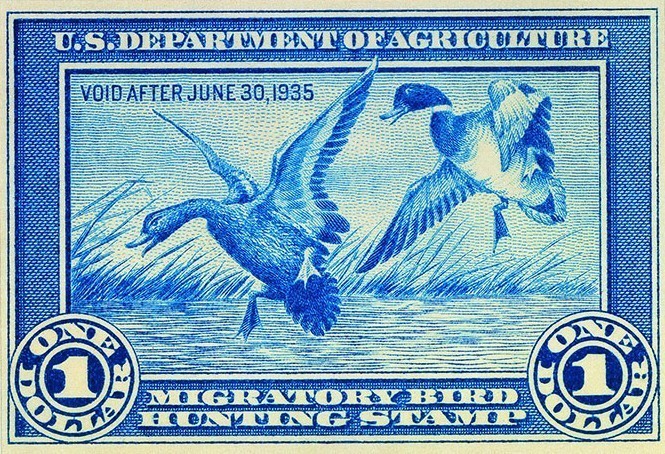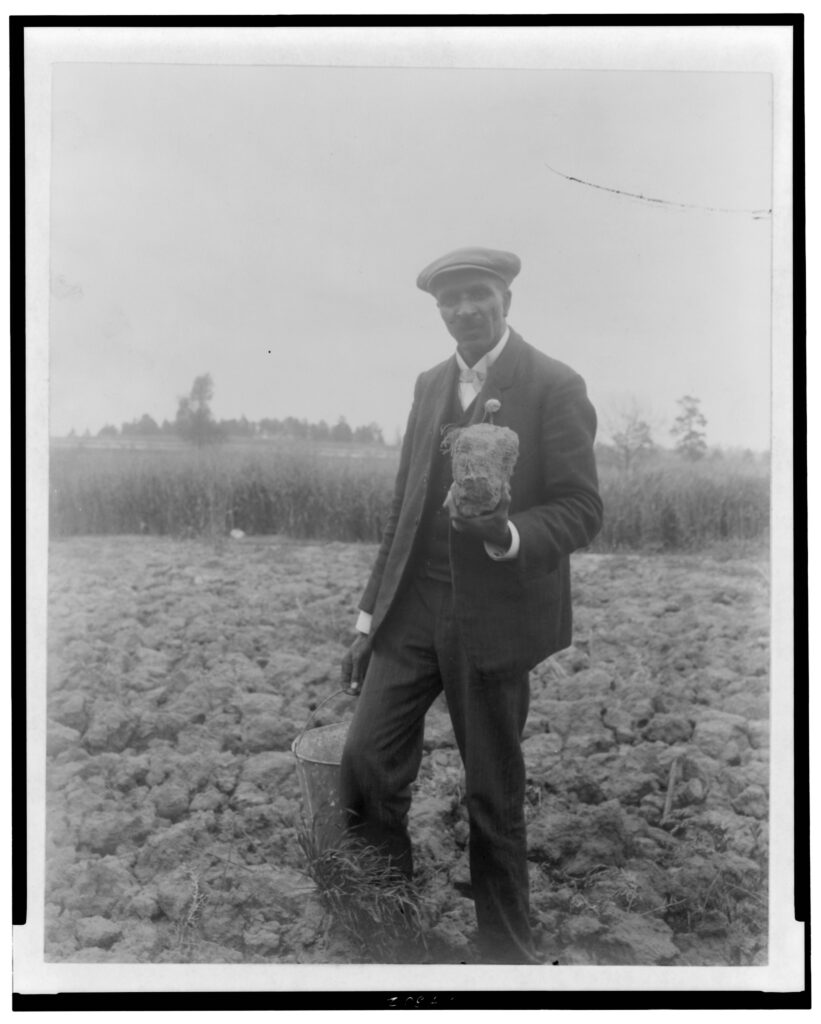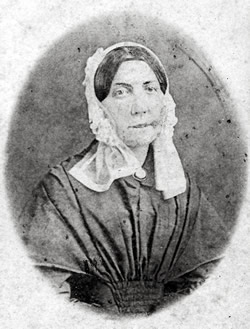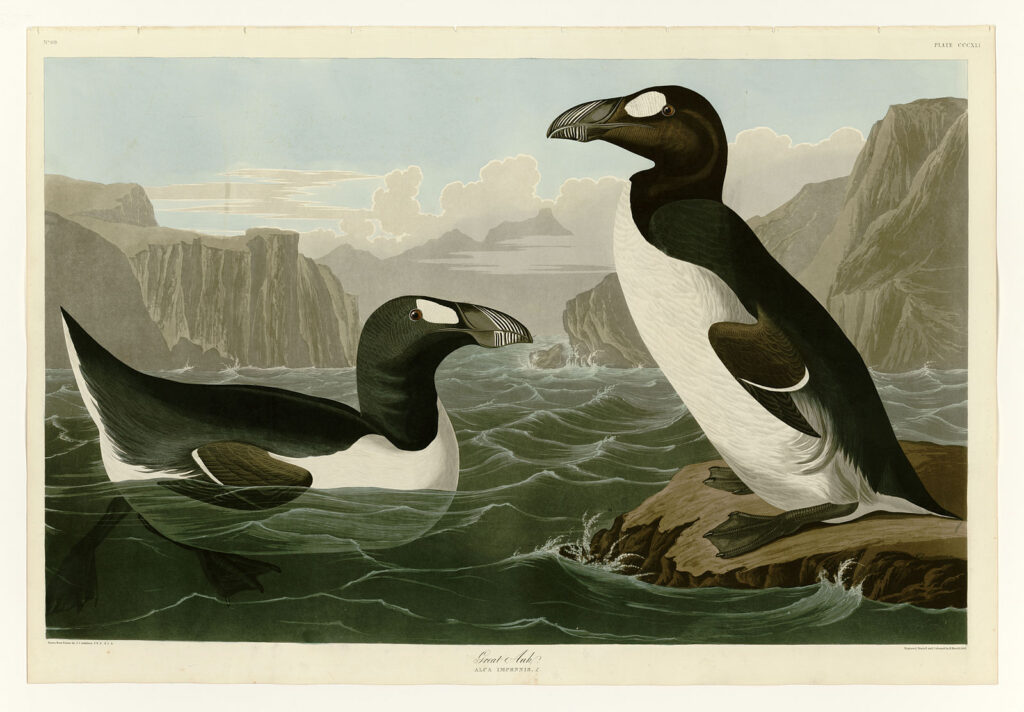With apologies to all the other fine people of all the other fine countries of the world, I’ve got to say that the United States of America is the greatest country ever. And July proves it. Not just the Fourth of July, when one of the great documents of freedom—the Declaration of Independence—was signed, but on lots of other July dates for lots of other reasons related to conservation and our environment.

Consider July 1, the birthday of the Duck Stamp. On that date in 1934, the U.S. government initiated a tool that would become a standard for conservation worldwide. The Duck Stamp is a federal license that waterfowl hunters need to buy every year. The first one cost just $1, but over the intervening 85 years, the price has risen to $25. Here’s the remarkable thing—98% of all the money raised by Duck Stamp sales go directly to conservation, funding the purchase, maintenance and improvement of National Wildlife Refuges (this efficient program is overseen by one remarkable federal employee, Suzanne Fellows). I’d say this could only happen in America, but many countries have joined the U.S. in issuing their own versions of duck stamps (learn more about the Duck Stamp here).
July 14 is a day when we can celebrate one of our great African-American leaders, George Washington Carver. On that date, in 1943, the National Park Service created a National Monument to honor Carver. Carver was born a slave during the Civil War in Missouri, and as a boy could scarcely read. But he persevered, learning to read so well that he earned two degrees from Iowa State University. He went on to found the agriculture program at the Tuskegee Institute and developed more than 300 products using peanuts and 100 more using sweet potatoes. Most importantly, he spread his knowledge to the rural people of Alabama, whatever their color or creed (learn more about Carver here).

On July 4 itself, we can celebrate another great U.S. innovation, the one that watches over the George Washington Carver National Monument—our system of national parks. Stephen Mather, the Founding Director of the National Park Service, was born on July 4, 1867. For 25 years, Mather led the new agency, expanding the number and geographic distribution of parks, but most importantly equipping them with professional staff and needed funding. Our national parks are often called “America’s Greatest Idea”—another idea that has been replicated across the globe (learn more about Mather here).
I’ll close this patriotic listing by noting the July birthday of a person who illustrates another feature of the American spirit. She is Maria Martin, born on July 6, 1796. I doubt if you’ve ever heard of her. You’ve heard a lot about her colleague—one John James Audubon—but Martin isn’t remembered much today. Yet she was one of America’s great early naturalists and illustrators, painting backgrounds for Audubon’s birds and assembling her own works on insects, flowers, and reptiles. She is a great example of the love of nature that resides in so many Americans, leading them to volunteer their “time, talent and treasure” to conserve and sustain our environment, whether they get noticed or no (learn more about Mather here).

This calendar celebrates only a few of the innumerable Americans who have committed to making our world a better place. The great progress that we have made in sustaining our earth, especially over the last century, shows what we can do when we all do our part, working in our common interest. In little ways and big ways. With our hands and with our hearts. Women do it, African-Americans do it, Muslims do it, we all do it. Sustainability isn’t about politics, about us versus them, about winners and losers. It is about doing what is right, for people everywhere and especially those who haven’t been born yet. And, doggone it, we do it great! Three cheers for the UNITED States of America!

